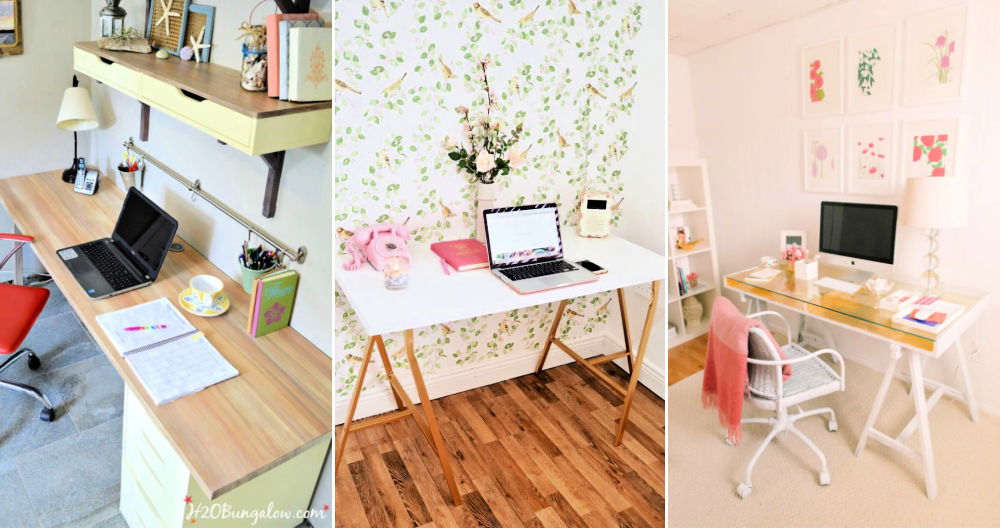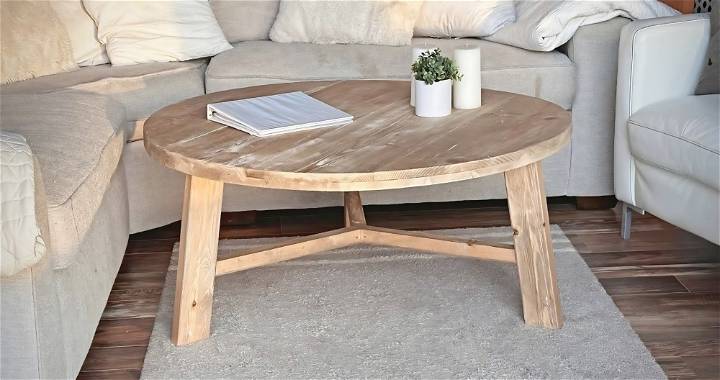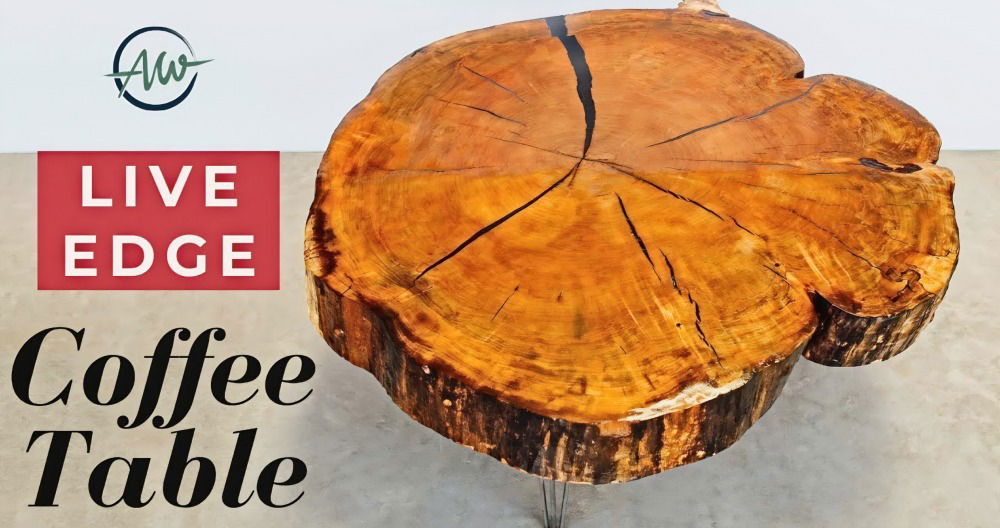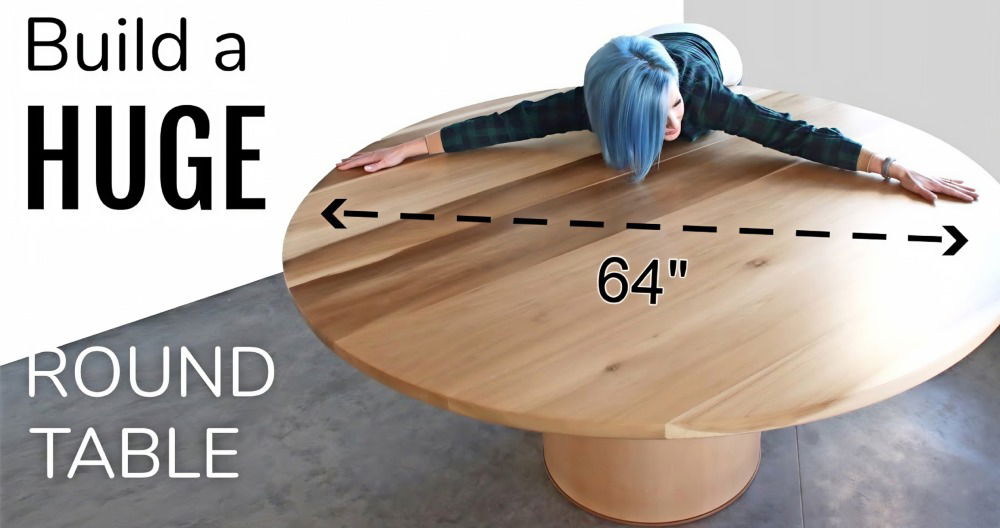Building a DIY catio (an outdoor cat enclosure) has been one of the most rewarding DIY projects I've embarked on, granting my indoor cats the joy and stimulation of the outdoors while ensuring they stay safe. I'll guide you through building a spacious DIY catio, like the one I built, which is 11.5 feet in length and extends 3 feet 9 inches from the wall. It's more than just a cat enclosure; it's a space where I can join my furry friends, bask in the sun, and enjoy their company.
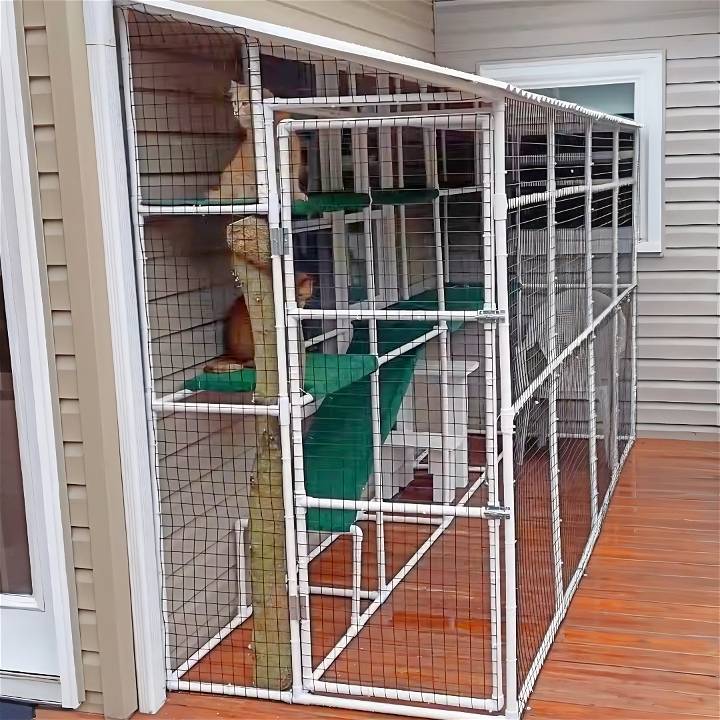
Materials You'll Need and Why
- PVC Pipes (3/4 inch): I opted for PVC over wood for its durability and low maintenance. No need for repainting or worry over wear from the elements.
- PVC Connectors: You'll need various types including five-way elbows, four-way elbows, three-way elbows, four-way Ts, three-way Ts, and corner elbows. These are essential for connecting pipes and building the frame.
- Wire Mesh: To enclose the catio and keep your cats safe while providing them with a clear view of the outside world.
- Zip Ties: These will secure the wire mesh to the PVC frame. Get ready to use a lot.
- PVC Cutter: For cutting pipes to the needed lengths.
- Graph Paper: For planning. This helps visualize the project and map out dimensions accurately.
Step by Step Instructions
Learn how to build your own DIY catio with step-by-step instructions from planning to maintenance. Get practical tips and tricks for a safe and stylish outdoor cat enclosure.
Planning Your Project
Drawing up a blueprint on graph paper is a game-changer. Each square representing one foot allows for precise measurement and a clear visual of your project scale. Be sure to note down the lengths of all pipes and the dimensions of platforms if you choose to include them.
Building the Frame
I learned quickly that additional support was needed, especially for the roof panels. My advice? Don't hesitate to modify your plan as you go. Integrating a four-way connector at the top of each upright pipe for extra support proved invaluable. Assembling the PVC frame is straightforward; measure twice, cut once, and fit the pipes snugly into the connectors.
Adding the Enclosure
Attaching the wire mesh can be tedious but is a critical step. Overlap by one square inch for added strength and use zip ties generously to secure the mesh to the frame. Trimming the ties for a clean finish will also prevent any sharp edges from poking out.
The Door Mechanism
Figuring out the door was a bit of a challenge but immensely satisfying once in place. Building a swinging door with a secure latch ensures you can easily enter the catio, whether for cleaning or enjoying time with your cats.
Practical Tips and Tricks
- Stay Hydrated: It's not just your cats who need to avoid heatstroke. Work during cooler parts of the day and stay well-hydrated.
- Mind Your Head: If you're taller, be aware of the overhead beams. I've had my fair share of bumps.
- Number of Zip Ties: Prepare for more than you think. I used a whopping 311 by the end of the project.
- Ventilation: Ensure your catio is well-ventilated but sheltered enough to provide protection from the elements.
Maintenance and Safety
Beyond the joy it brings, maintaining your catio is essential for its longevity and your cats' safety. Regular checks for any wear or tear, especially on the wire mesh and zip ties, will ensure your catio remains a safe haven. Also, consider placing a soft bedding area that you can easily wash.
Understanding Cat Behavior and Preferences
When designing a catio, it's essential to consider the natural instincts and preferences of your feline friends. Cats are complex creatures with behaviors deeply rooted in their ancestry. Here's how you can build a catio that respects and nurtures these instincts:
The Need for Vertical Space
Cats love to climb and observe their domain from a high vantage point. It makes them feel safe and in control. In your catio, include shelves, steps, or cat trees that allow your cat to scale heights. Ensure these structures are sturdy and can support your cat's weight.
Scratching: A Natural Instinct
Scratching is not just a way for cats to sharpen their claws; it's also a form of exercise and a method to mark their territory. Incorporate scratching posts made of materials like sisal or corrugated cardboard into your catio. Place them strategically so your cat can stretch and scratch comfortably.
A Room with a View
Cats are curious and love to watch the world go by. Make sure your catio has a clear line of sight to the outdoors. If possible, position it so your cat can enjoy the sunrise or sunset, which can be particularly enchanting for them.
Safe Exploration
While cats are natural explorers, safety is paramount. The catio should be enclosed with secure netting or wire mesh to prevent escapes and keep predators out. Check for any sharp edges or points that could harm your cat.
Comfort is Key
Your cat's comfort should be a top priority. Include cozy resting areas with cushions or blankets that are easy to clean. Consider the placement of these areas to ensure they are in a spot where your cat feels most relaxed.
By understanding and catering to these fundamental cat behaviors and preferences, you'll build a DIY catio that your pet will love and use frequently.
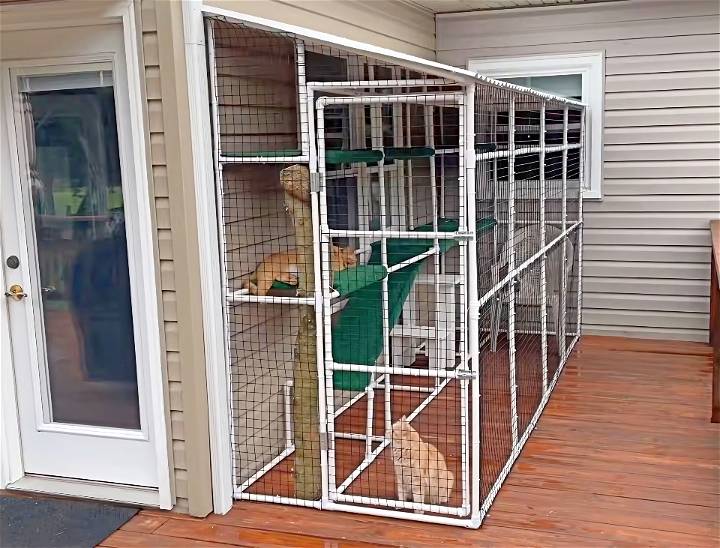
Safety Features
Building a safe haven for your cats is the cornerstone of building a catio. Here's how you can ensure that your catio is a secure and hazard-free zone for your beloved pets:
Use Safe and Durable Materials
Choose materials that are non-toxic and safe for cats. Avoid treated woods that may contain harmful chemicals, and opt for natural or safely treated lumber. For the enclosure, use strong wire mesh or pet-safe netting that can withstand the elements and resist chewing or clawing.
Secure Construction
Ensure that all parts of the catio are securely fastened. Check that there are no loose components that cats could pull off or get caught on. Regular maintenance checks are crucial to spot any potential wear and tear before it becomes a problem.
Predator and Escape-Proofing
Cats are curious and may try to explore beyond the catio. To keep them safe, make sure the catio is fully enclosed. If your area has predators like coyotes or large birds, the catio should have a roof and be built with sturdy materials to protect your cats.
Smooth Surfaces and Edges
Inspect the catio for any sharp edges or rough surfaces that could injure your cat. Use sandpaper to smooth out any rough spots, and cover exposed ends with caps or another protective material.
Locks and Latches
If your catio has doors or windows, equip them with secure locks or latches. This will prevent your cats from accidentally opening them and also deter any unwelcome visitors.
Toxicity Awareness
Be aware of plants, decorations, or other items in or around the catio that could be toxic to cats. Research and remove any potentially dangerous items to build a safe environment.
By prioritizing these safety features, you'll provide a secure outdoor space where your cats can enjoy fresh air and sunshine without any risks. Remember, a safe catio is a happy catio for both you and your feline friends.
Customization Ideas for Multi-Cat Households
Designing a catio for multiple cats can be a delightful challenge. Each cat has its own personality and space requirements, so it's important to consider how to accommodate everyone comfortably. Here are some tips to help you build a harmonious multi-cat catio:
Individual Spaces
Cats are territorial, and even in a shared space, they appreciate having a spot to call their own. Incorporate multiple levels and perches so each cat can find their favorite place. Use cushions or blankets with different textures to designate individual areas.
Multiple Entry and Exit Points
To prevent any potential squabbles, ensure there are several ways for your cats to enter and exit the catio. This reduces traffic jams and gives shy cats the option to retreat if they feel overwhelmed.
Group Play Areas
While individual spaces are important, communal play areas can encourage social interaction and exercise. Include toys that multiple cats can enjoy together, such as large scratching posts or interactive toys.
Observation Zones
Cats love to watch birds and insects. Set up bird feeders or insect-attracting plants near the catio to provide natural entertainment. Make sure these attractions are placed safely outside the catio to prevent any harm to wildlife.
Separate Feeding Stations
If you plan to feed your cats in the catio, have separate feeding stations to avoid competition over food. This helps maintain peace and ensures that each cat gets its fair share.
Varied Enrichment
Offer a variety of toys and activities to cater to different interests. Some cats may enjoy chasing laser pointers, while others prefer puzzle feeders or catnip toys. Rotate these options to keep things fresh and engaging.
By considering these customization ideas, you'll build a catio that's not only safe and enjoyable for your cats but also a peaceful and stress-free environment for them to coexist. Remember, the key is to respect each cat's individuality while providing opportunities for them to bond.
FAQs About DIY Catios
Discover everything you need to know about DIY catios with our comprehensive FAQs, including tips, designs, and safety precautions for building your own outdoor cat enclosure.
What is a Catio?
A catio, short for “cat patio,” is an outdoor enclosure designed to keep your cats safe while they enjoy the outdoors. It's a controlled environment that gives them access to fresh air and sunshine, without the risks associated with roaming freely.
How Much Does It Cost to Build a Catio?
The cost of building a catio can vary widely based on size, materials, and whether you do it yourself or hire a professional. A basic DIY catio can cost as little as a few hundred dollars, while more elaborate setups could run into the thousands.
Are Cats Happy in Catios?
Yes, most cats love catios! They provide a stimulating environment that satisfies a cat's natural instincts to observe and explore. Catios can help reduce a cat's stress and provide a safe space for exercise and play.
Will Cats Try to Escape from a Catio?
Cats may try to explore beyond the catio, so it's important to ensure it's escape-proof. This means checking for any gaps or weak spots in the enclosure and using secure materials that cats cannot claw through or climb over.
What is the Best Flooring for a Catio?
The best flooring for a catio is one that is easy to clean and comfortable for the cats. Concrete, pavers, or decking are good options, and you can add outdoor rugs or grass for added comfort.
Do Catios Need Roofs?
Yes, a roof is recommended for a catio to protect your cats from predators and harsh weather conditions. The roof can be made of the same material as the walls or a transparent material like polycarbonate for more sunlight.
Final Thoughts
The result? A sturdy, spacious, and safe outdoor haven that my cats adore. The joy of watching them explore, play, and relax in their catio is indescribable. They're happier, and that makes me happier.
Building a catio is not just a weekend project; it's an investment in your cats' quality of life. Start planning, get building, and soon, you'll have a wonderful outdoor space that your feline friends will love. Oh, and the satisfaction of seeing your project come to fruition? Priceless.


